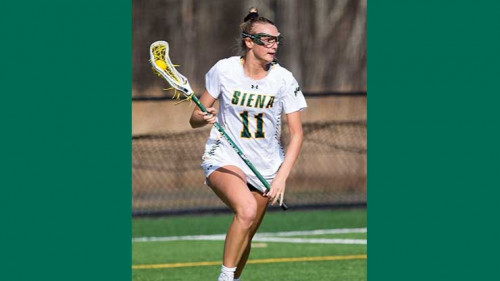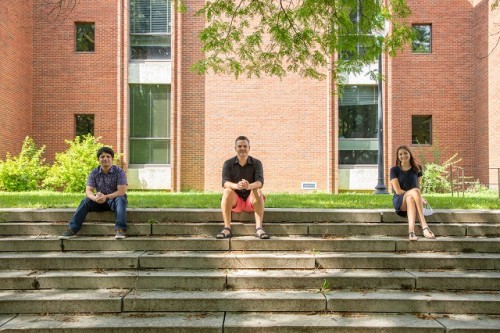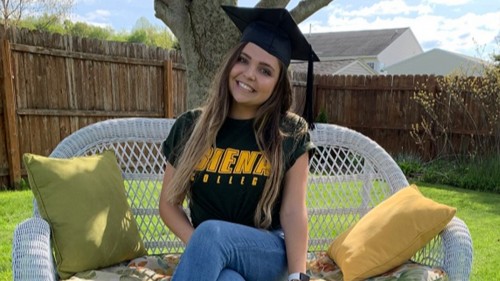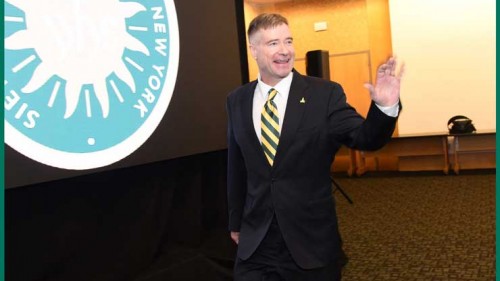
Real-world applications of mathematics to model the spread of COVID-19 and a tick-borne illness were the subjects of two separate research projects by CURCA summer scholars.
Usama Zafar ’21 and Nicole Sell ’22 recently wrapped up their research with Kursad Tosun, Ph.D., assistant professor of mathematics. Zafar created a model to simulate the spread of COVID-19; Sell did the same for Crimean-Congo hemorrhagic fever (CCHF).
The students came to the right professor. Tosun is an applied mathematician/statistician who specializes in biomathematics and biostatistics. He works on a wide range of research projects in mathematical and medical sciences, and participates in collaborative research activities with many researchers from different disciplines.
Zafar used differential equations to explore how COVID-19 spreads among the U.S. population, looking at different levels of illness: susceptible; latent/infected but not infectious; asymptomatic; mildly infectious; and critical/severe.
“We looked at how social distancing, quarantining and testing impact the spread of the disease, how long it takes to show up after infection, and how transmission among those levels of illness can help us control the spread of COVID.”
The numbers back up the need for the health and safety protocols that unfortunately have become the subject of political debate: masks, distancing and quarantining work. They also showed that infection transmission rates are not constant, and that the disease may have been in the American population earlier than previously thought.
“The differential equation model mimics reality,” said Tosun. “We matched our models with real state and national data.”
Sell used differential equations to model and simulate CCHF, the most geographically widespread tick-borne virus in the world with a high case fatality rate of up to 40 percent. The model considered three populations – human, tick, and carriers – and showed the rate of change of susceptible, exposed, infected, and recovered subpopulations. It showed that tick to human transmission was not as pronounced as tick to a farm animal carrier, and that humans tend to get sick rather than animals.
“It was a pleasure to work alongside Dr. Tosun on such a timely project,” she said. “I’m grateful for this experience and how it has inspired me to continue my education after Siena.”
Tosun said their work will be submitted to academic journals, and they will share data with health officials.
“I’m so proud of both of these students, and I’m glad I had the experience of working with them this summer,” said Tosun.


